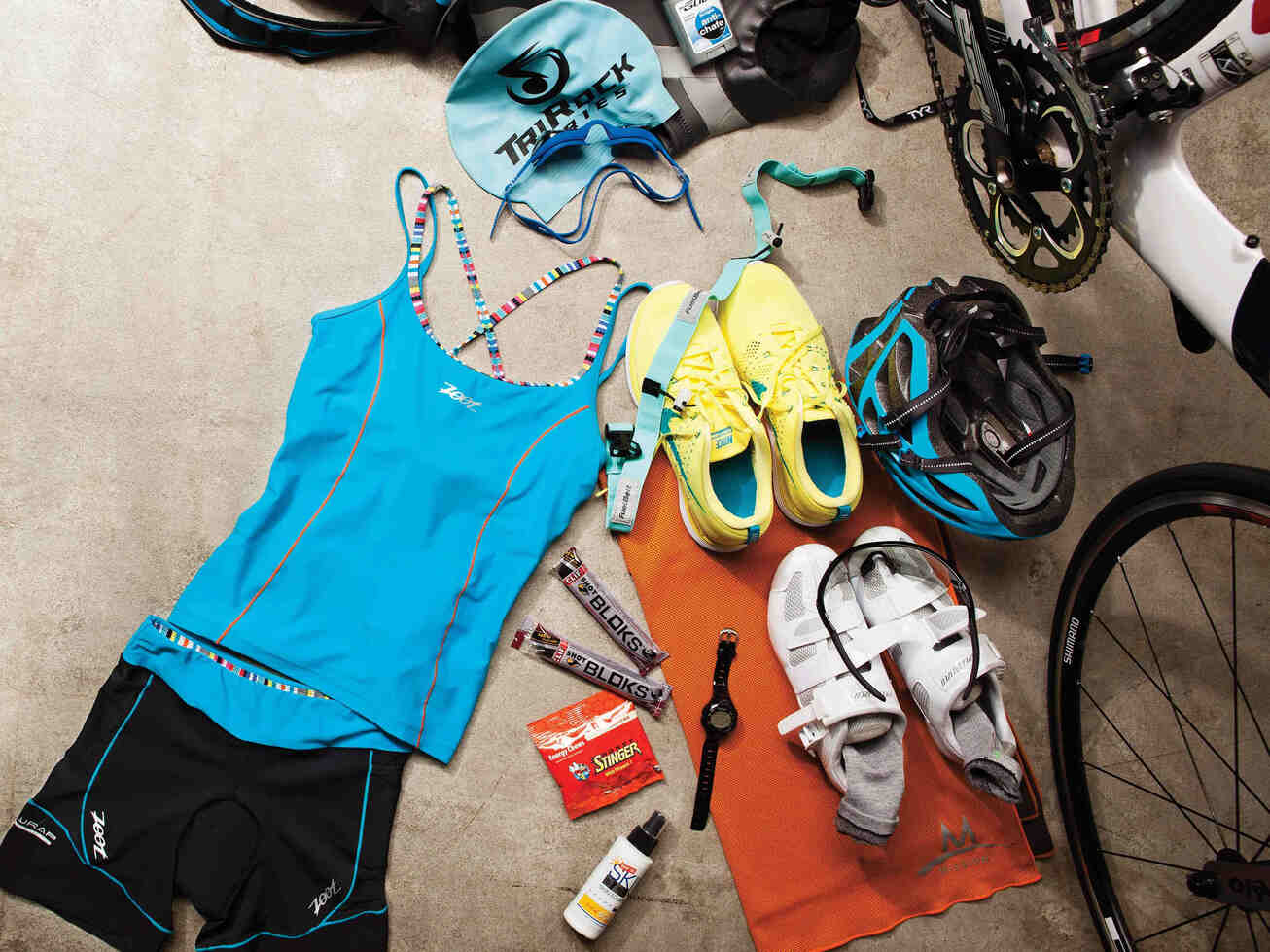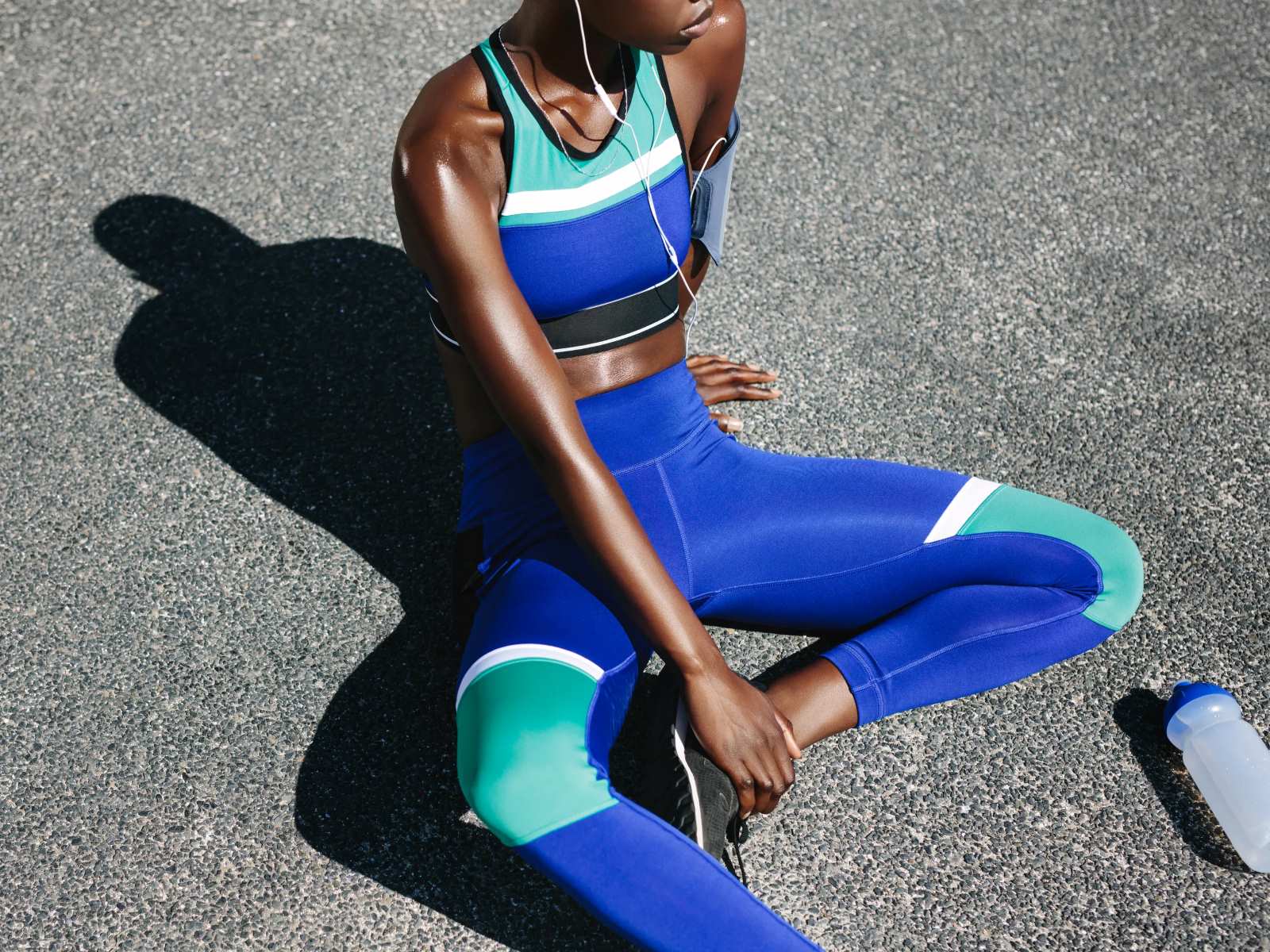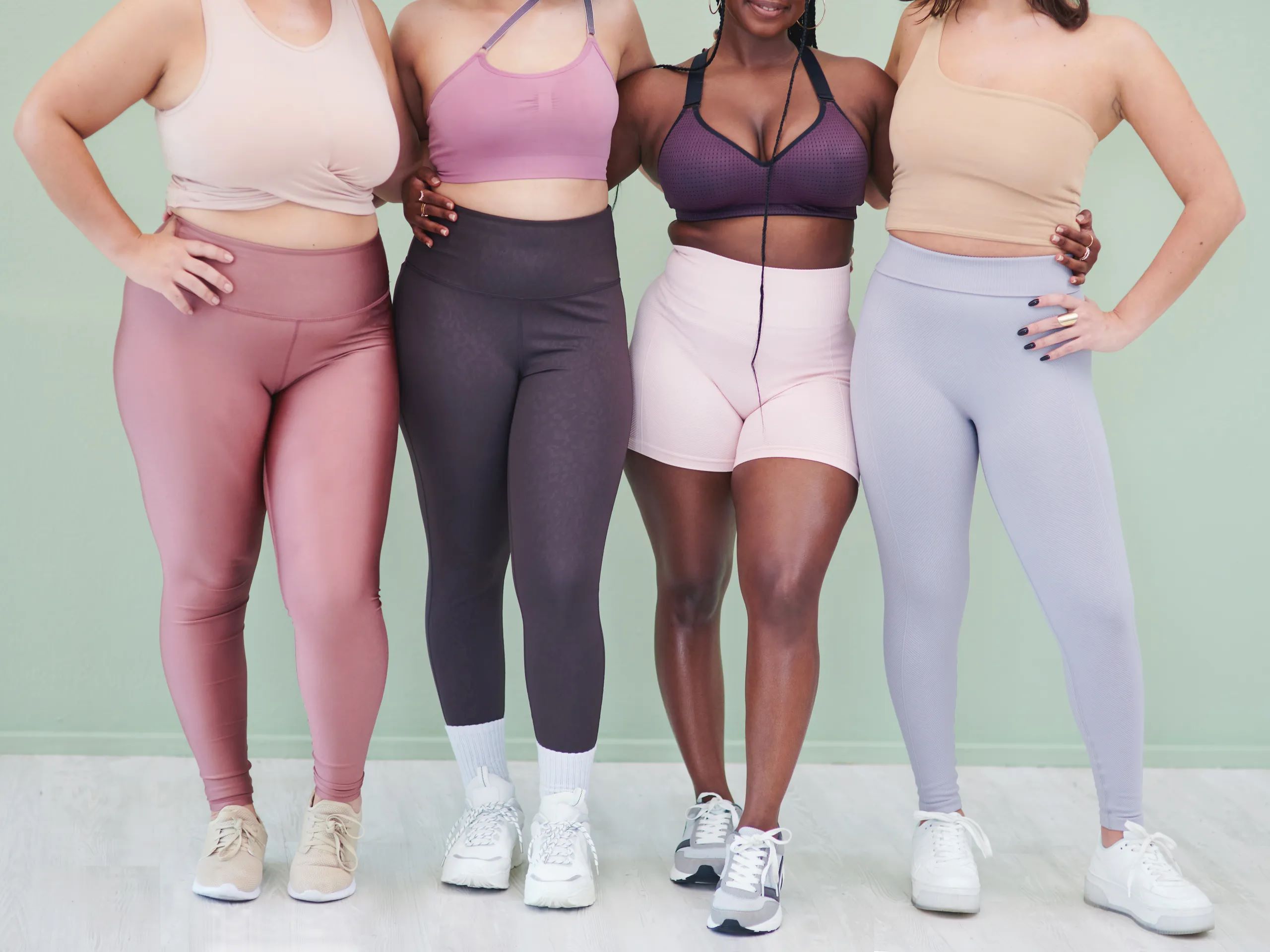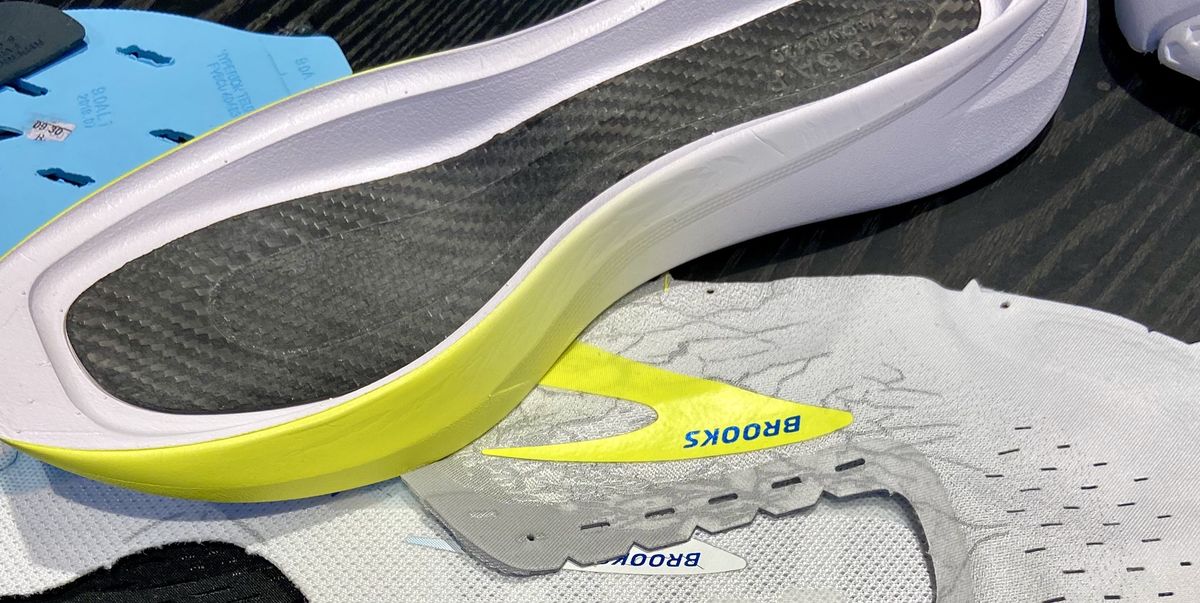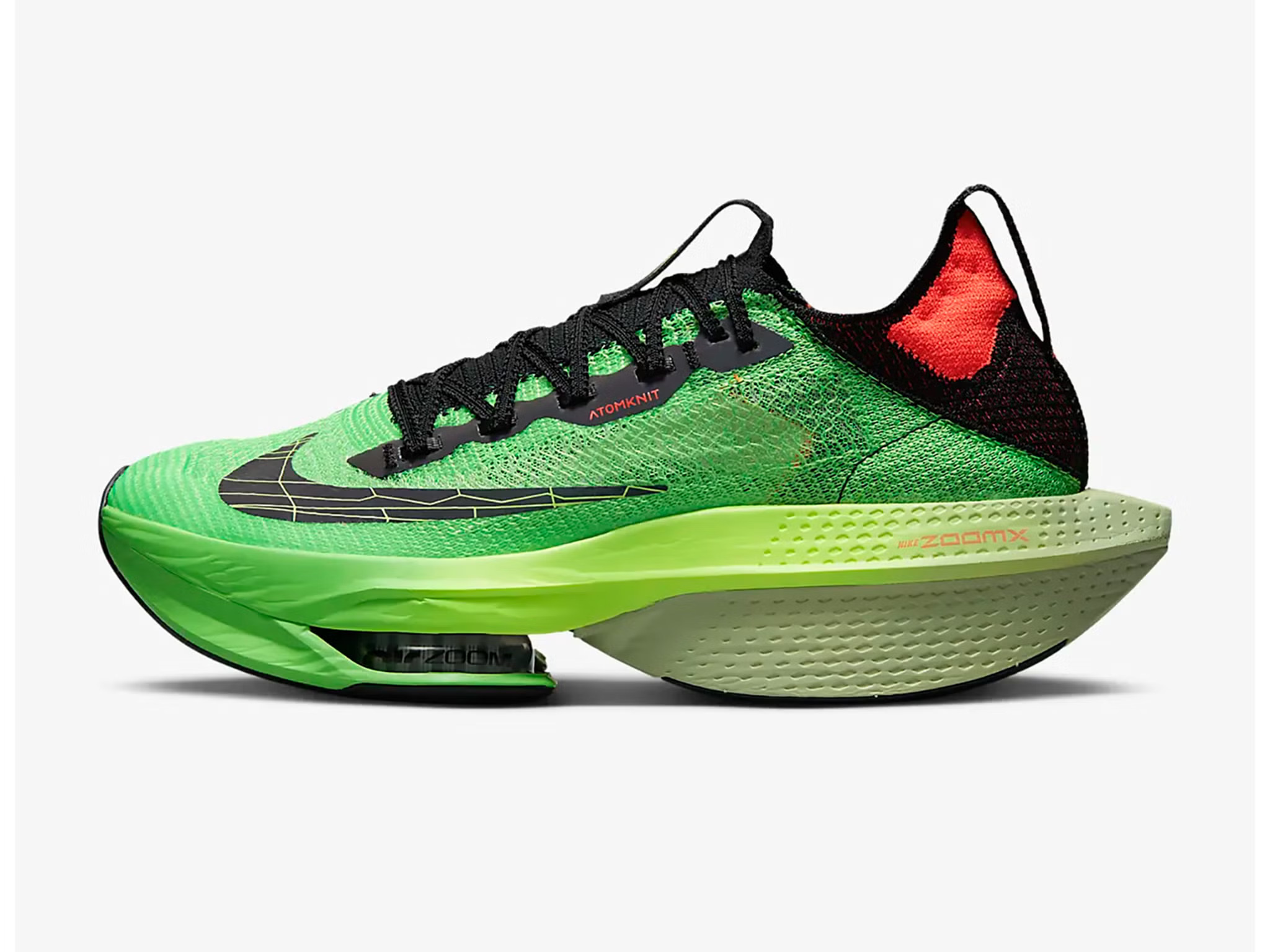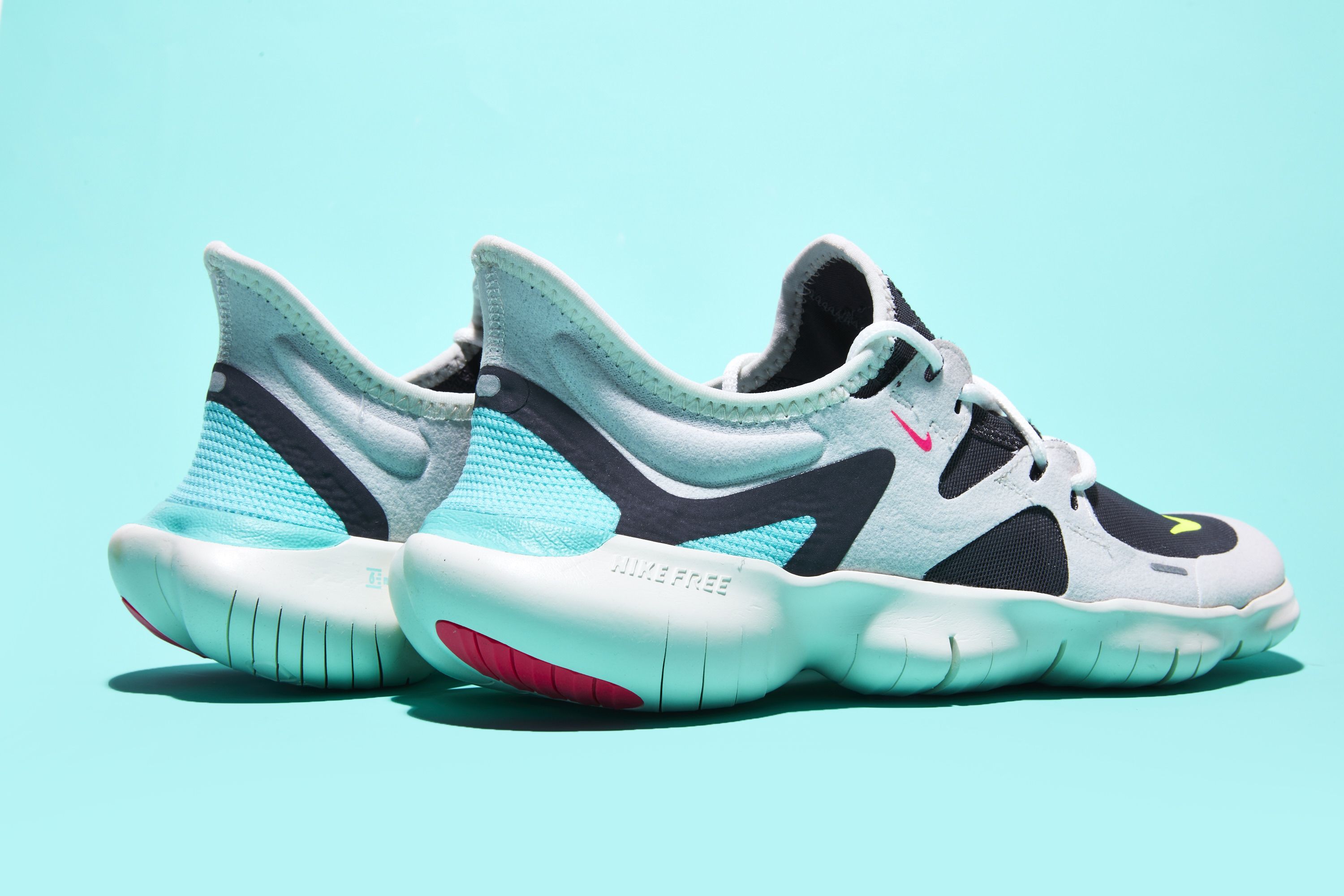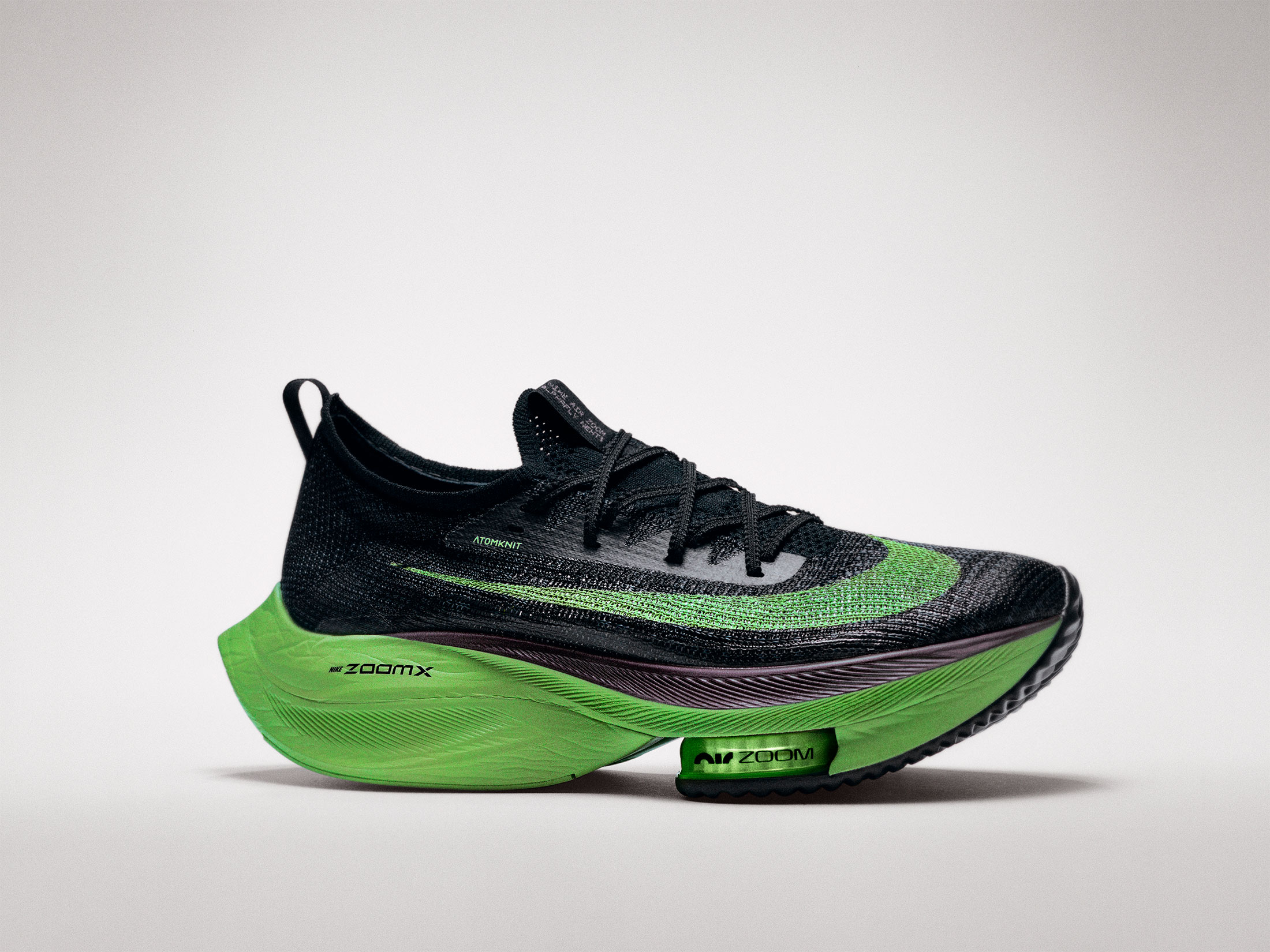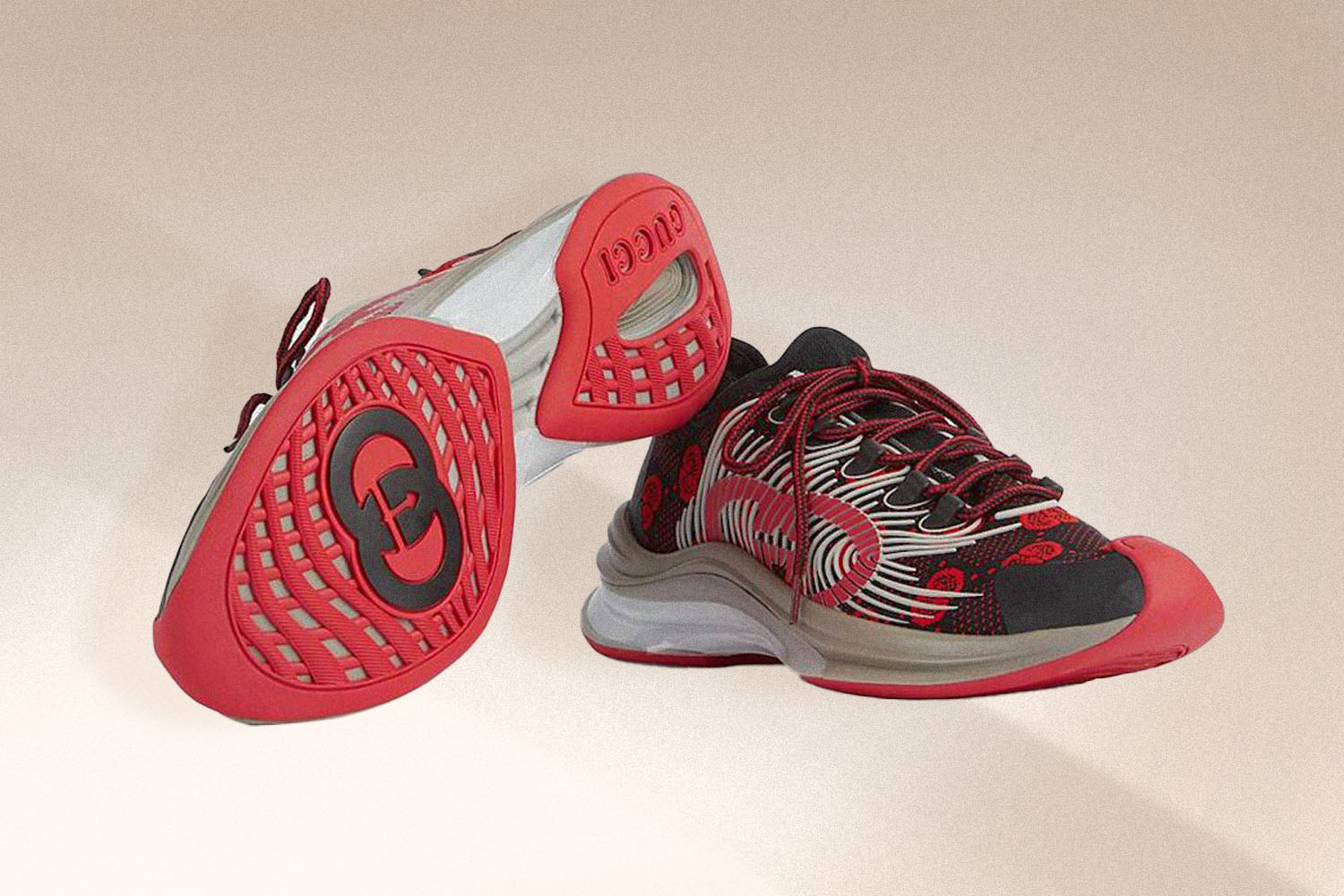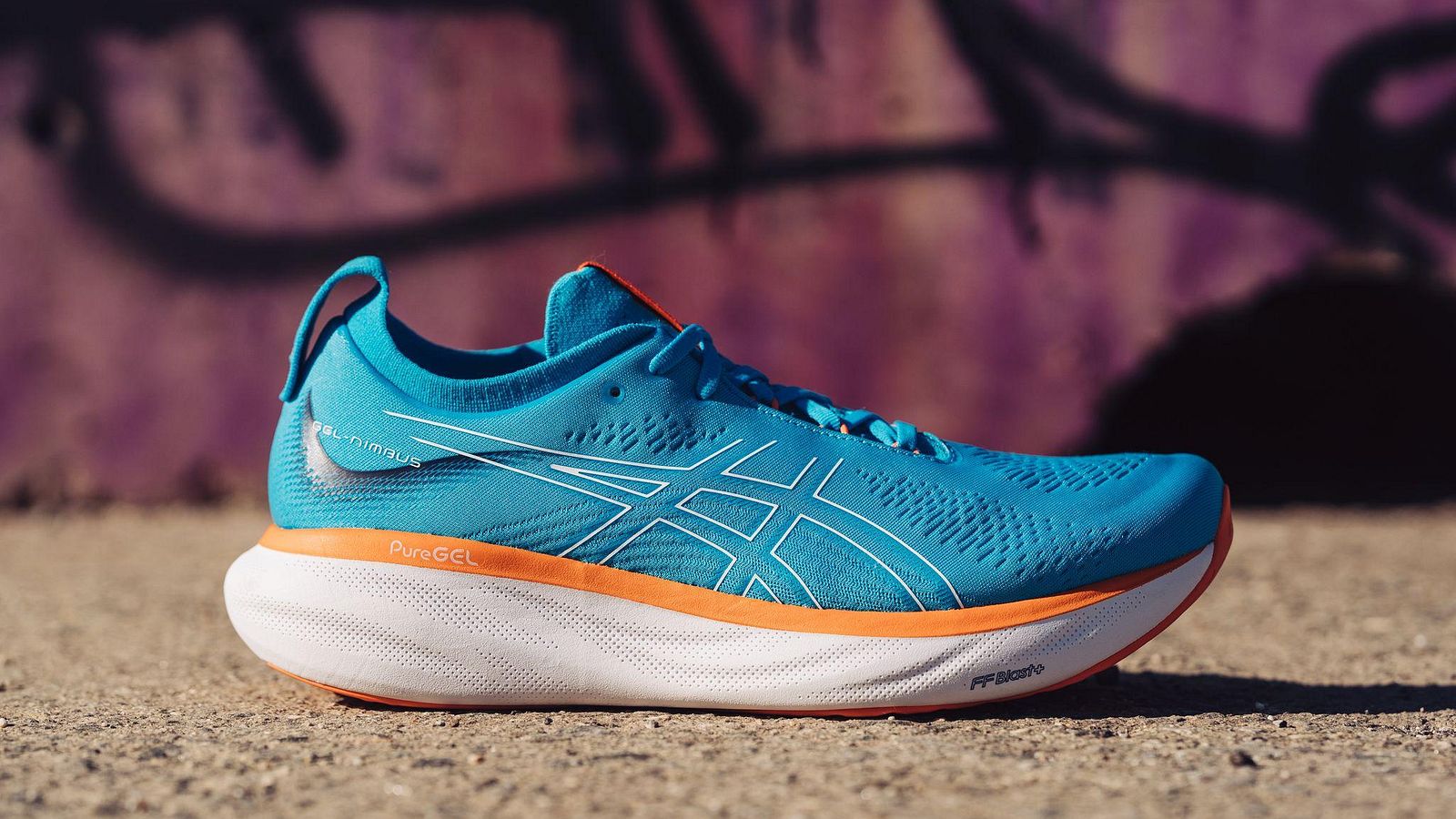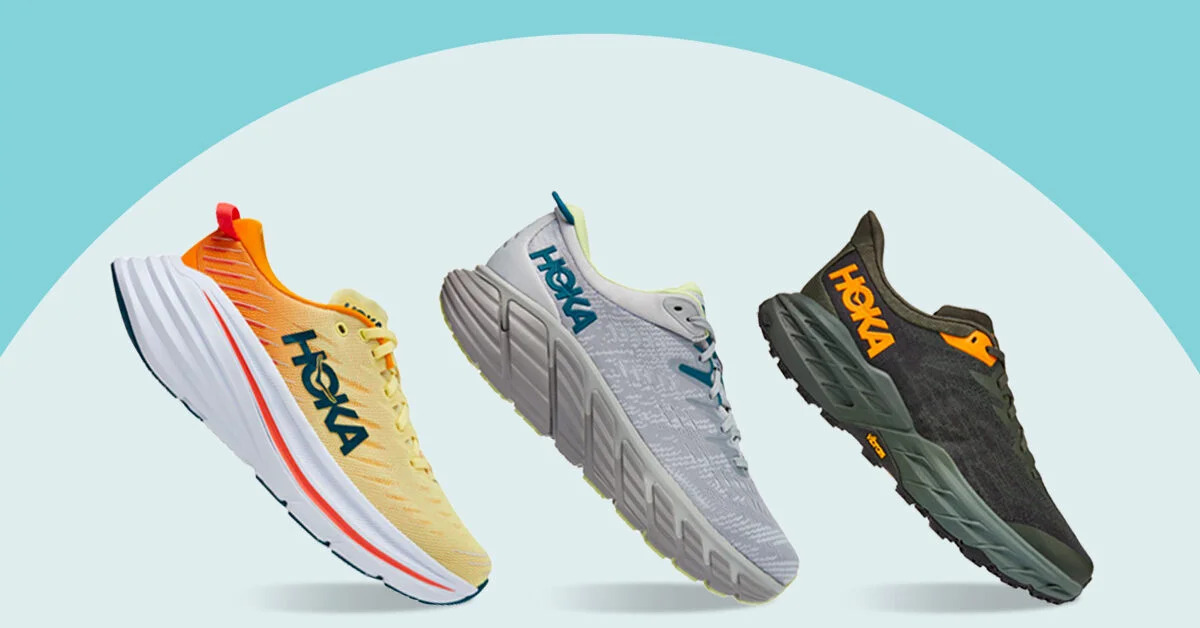Home>Misc>Featured>How Many Running Shoes Are Sold In A Year
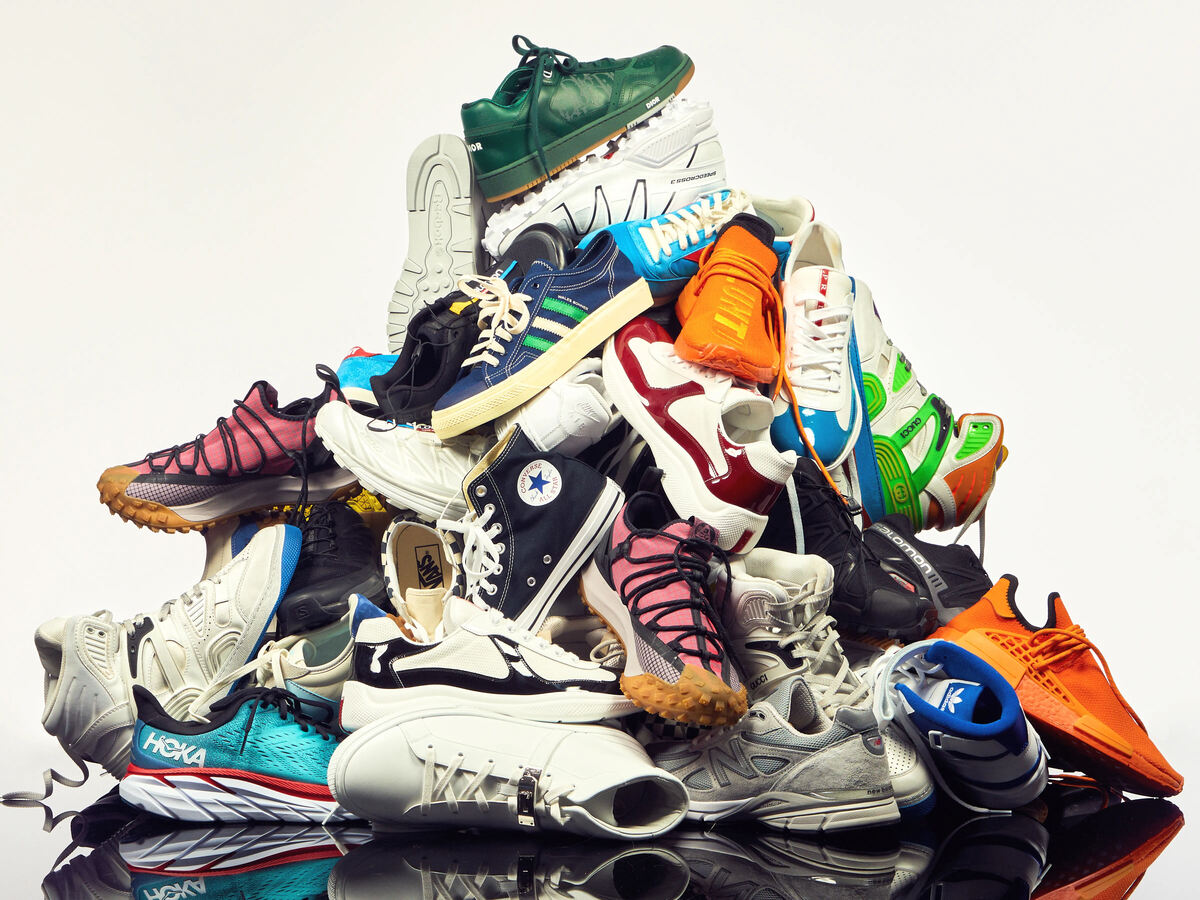

Featured
How Many Running Shoes Are Sold In A Year
Modified: May 22, 2024
Discover the latest trends in running shoes with our featured collection. Find out how many running shoes are sold in a year and stay ahead of the game.
Introduction
Welcome to the world of running shoes, where comfort meets style and performance. Whether you’re a seasoned marathon runner or someone looking to embark on a new fitness journey, finding the perfect pair of running shoes is essential to your success. In this article, we will explore the fascinating world of running shoe sales and delve into the factors that drive this lucrative industry.
Running shoes have become a staple in the wardrobes of individuals seeking an active lifestyle. Not only do they provide the necessary support and cushioning for runners, but they are also a fashion statement in their own right. With the increasing popularity of fitness trends and outdoor activities, the demand for running shoes has been skyrocketing in recent years.
Understanding the dynamics of the running shoe market requires a comprehensive analysis of various factors, including global sales figures, regional trends, top brands, and emerging market trends. By examining these aspects, we can gain insights into the evolving preferences of consumers and the strategies employed by manufacturers to stay competitive.
Through careful research and analysis, we will explore the current state of the running shoe industry, shedding light on the projected growth patterns and the opportunities and challenges faced by market players. Additionally, we will discuss the factors influencing the purchasing decisions of consumers and how online and offline sales channels contribute to the overall sales figures.
As we delve into this exciting world, it’s important to note that running shoes are not just a piece of athletic footwear; they have evolved into a symbol of an active and healthy lifestyle. With technological advancements and design innovations, running shoe manufacturers continuously strive to provide athletes and fitness enthusiasts with the best possible footwear options.
So, join us as we embark on a journey through the fast-paced and dynamic world of running shoe sales. Whether you’re a running shoe aficionado or simply curious about the industry, this article will provide you with valuable insights into the global running shoe market and the key players driving its success.
Methodology
In order to obtain accurate and reliable information on running shoe sales, a comprehensive methodology was employed in conducting research for this article. The methodology consisted of a multi-faceted approach that involved analyzing various sources of data and conducting interviews with industry experts. By utilizing these methods, we aimed to provide readers with a well-rounded understanding of the running shoe market.
Firstly, extensive research was conducted to gather data on global running shoe sales. Market reports from reputable research organizations, industry publications, and trade journals were thoroughly examined to obtain accurate statistics on overall sales figures and market trends. This data was then cross-referenced to ensure its accuracy and reliability.
In addition to secondary research, interviews were conducted with industry experts including manufacturers, retailers, and industry analysts. These interviews provided valuable insights into the factors influencing running shoe sales, emerging market trends, and the strategies employed by top brands. The information obtained through these interviews helped to substantiate the findings from the secondary research and provide a deeper understanding of the nuances within the industry.
Furthermore, market analysis tools were utilized to identify regional trends in running shoe sales. By examining data such as regional market share, consumer preferences, and the competitive landscape, we were able to gain a detailed understanding of the variations in demand and market dynamics across different regions.
It’s important to note that while every effort was made to ensure the accuracy of the information presented in this article, the running shoe market is constantly evolving. Therefore, the data and insights provided may be subject to change as new information becomes available.
This methodology allowed us to gather a comprehensive range of data and insights into the running shoe market. By leveraging a combination of primary and secondary research, we aimed to provide readers with a holistic view of the industry and equip them with valuable knowledge that can aid in decision-making and understanding the dynamics of the running shoe market.
Market Overview
The market for running shoes is a thriving and highly competitive industry that caters to the needs of athletes, fitness enthusiasts, and casual runners alike. Running shoes have evolved from functional athletic footwear to stylish accessories that reflect personal style and performance preferences. With the global rise in health consciousness and the popularity of outdoor activities, the demand for running shoes has witnessed significant growth.
Running shoe manufacturers continuously innovate to meet the ever-changing demands and preferences of consumers. They strive to strike a balance between providing the necessary support and cushioning for runners while incorporating trendy designs and cutting-edge technologies.
One of the key factors driving the growth of the running shoe market is the increasing participation in running events and activities. From marathons to local running clubs, people of all ages and fitness levels are embracing running as a means to stay fit and lead a healthy lifestyle. This growing interest in running has created a surge in demand for running shoes.
Another significant driver of the market is the increasing awareness of the importance of proper footwear for running. Athletes and runners are becoming more knowledgeable about the impact of running shoes on performance, injury prevention, and overall comfort. This has led to a shift in consumer preferences towards high-quality running shoes that offer superior support, cushioning, and durability.
The market for running shoes is not limited to professional athletes and hardcore runners. The rise of athleisure fashion has also contributed to the market growth. Many individuals are opting for stylish and comfortable running shoes for their everyday casual wear, blurring the line between sportswear and fashion.
The global running shoe market is characterized by intense competition among established brands and emerging players. Major sporting goods brands such as Nike, Adidas, and New Balance dominate the market with their extensive product offerings and strong brand presence. However, newer brands and niche players are also gaining traction by offering innovative designs and specialized features to cater to specific segments of the market.
While offline retail remains a significant sales channel for running shoes, the advent of e-commerce has revolutionized the way consumers shop for athletic footwear. Online platforms provide convenience, a wide range of options, and often attractive discounts, making it an increasingly popular choice for purchasing running shoes.
The running shoe market is a dynamic and ever-evolving industry that showcases the intersection of technology, fashion, and performance. With the continued emphasis on health and wellness, it is expected that the market will continue to grow, driven by innovative product offerings and the increasing adoption of running as a lifestyle choice.
Global Running Shoe Sales
The global market for running shoes has experienced rapid growth in recent years. As more individuals embrace fitness activities and running as part of their lifestyle, the demand for running shoes has soared. According to market research, the global running shoe market was valued at over $XX billion in XXXX, and it is projected to continue its upward trajectory in the coming years.
The United States has been a key contributor to the global running shoe sales, accounting for a significant portion of the market share. The country’s focus on health and fitness, as well as the popularity of marathons and other running events, has fueled the demand for high-performance running shoes. Europe and Asia-Pacific regions also hold significant market shares, driven by the increasing adoption of running as a preferred exercise and the rising health consciousness among consumers.
The market is dominated by major players such as Nike, Adidas, and New Balance, who have established themselves as leading brands in the industry. These companies invest heavily in research and development to create technologically advanced running shoes that cater to the specific needs of athletes and recreational runners. Their strong brand presence and extensive distribution networks contribute to their dominance in the market.
However, the market is not just limited to established brands. There is also a growing presence of niche players and emerging brands that offer unique designs and innovative features. These companies target specific market segments and cater to the evolving preferences of consumers who are seeking more personalized and specialized running shoe options.
Online retail has become an increasingly popular channel for purchasing running shoes. The convenience, wide range of options, and often competitive prices offered by e-commerce platforms have attracted consumers who prefer to shop from the comfort of their homes. Online retailers also provide detailed product information, customer reviews, and recommendations, empowering consumers to make informed decisions.
Despite the rise of online sales, offline retail remains an essential part of the running shoe market. Brick-and-mortar stores offer the advantage of a physical shopping experience, where customers can try on different shoe models and receive expert guidance from trained staff. Many consumers still prefer to make their purchase in-store, especially when it comes to finding the perfect fit and receiving personalized advice.
Overall, the global running shoe market is continually evolving and adapting to meet the changing demands of consumers. With the growing awareness of the importance of fitness and a healthy lifestyle, coupled with advancements in technology and design, the market is expected to witness continued growth in the coming years.
Regional Analysis
The running shoe market exhibits regional variations in terms of consumer preferences, market trends, and competitive landscapes. A comprehensive regional analysis provides valuable insights into the diverse dynamics of the market and helps identify growth opportunities and challenges across different regions.
North America, particularly the United States, is a key market for running shoes. The region has a high prevalence of health-conscious individuals who actively participate in running activities and fitness events. The demand for running shoes in North America is fueled by the popularity of organized running events, such as marathons and charity runs, which attract a large number of participants. Additionally, the presence of major running shoe brands, extensive distribution networks, and the availability of advanced technologies contribute to the region’s dominance in the market.
Europe also holds a significant market share in the running shoe industry. The region has a strong running culture, with countries like Germany, France, and the United Kingdom being prominent markets. The European market is characterized by a diverse range of preferences, with some consumers gravitating towards performance-driven running shoes and others emphasizing style and fashion. European consumers are known for their high-quality standards and are willing to invest in premium running shoes that provide comfort, functionality, and durability.
The Asia-Pacific region has emerged as a rapidly growing market for running shoes. The rising health consciousness and increasing adoption of fitness activities, including running, have contributed to the growth of the market in countries such as China, Japan, and India. The region’s large population, coupled with the growing disposable income of consumers, presents immense opportunities for both established and emerging brands. To cater to the diverse Asian market, companies are focusing on developing running shoes that meet local preferences, weather conditions, and foot anatomy.
Latin America and the Middle East/Africa regions are also witnessing growth in the running shoe market. Rising levels of urbanization, increasing disposable income, and a growing inclination towards fitness and outdoor activities are driving the demand for running shoes in these regions. However, these markets are relatively untapped and present opportunities for both established and emerging brands to expand their presence and capture a larger market share.
Each region has its unique set of market dynamics and challenges. Factors such as cultural differences, economic conditions, and consumer preferences shape the demand for running shoes in each market. It is crucial for manufacturers and retailers to understand these variations and tailor their marketing strategies and product offerings accordingly.
Overall, a regional analysis of the running shoe market provides valuable insights into the diverse preferences and trends across different regions. It helps industry players identify growth opportunities, expand their footprint, and cater to the evolving demands of consumers in each market.
Top Running Shoe Brands
The running shoe market is fiercely competitive, with numerous brands vying for consumers’ attention. Several top brands have established themselves as industry leaders, consistently delivering high-quality running shoes that cater to the needs of different types of runners. Let’s take a closer look at some of the top running shoe brands:
1. Nike: Nike is one of the most recognizable names in the sporting industry and a major player in the running shoe market. The brand’s innovative designs, cutting-edge technologies, and extensive range of offerings have earned it a loyal customer base. Nike running shoes are known for their comfort, durability, and advanced features, allowing athletes and casual runners to achieve optimal performance.
2. Adidas: Adidas is another powerhouse in the running shoe market. The brand has earned a reputation for its stylish designs, exceptional quality, and commitment to continuous innovation. Adidas running shoes are known for their responsive cushioning, traction, and lightweight construction, offering a comfortable and supportive experience for runners of all levels.
3. New Balance: New Balance is recognized for its commitment to producing high-performance running shoes. The brand focuses on providing optimum support, stability, and cushioning to runners. New Balance running shoes are particularly popular among those with specific foot requirements or injuries, as the brand offers a wide range of widths and specialized features.
4. Brooks: Brooks has gained recognition for its dedication to creating premium running shoes with a focus on biomechanics and comfort. The brand consistently delivers shoes that cater to different types of runners, including those with neutral or pronated foot types. Brooks running shoes are often praised for their plush cushioning, stability, and excellent fit.
5. ASICS: ASICS has a strong presence in the running shoe market, known for its emphasis on performance and innovation. ASICS running shoes are designed to provide the ideal balance between stability, support, and comfort. The brand’s Gel cushioning technology, coupled with its attention to detail and fit, has earned it a loyal following among runners.
6. Saucony: Saucony is a brand that prides itself on creating running shoes that offer a smooth and responsive ride. Known for their durability and versatility, Saucony running shoes cater to various types of runners, including long-distance runners, trail runners, and those looking for lightweight options. The brand continually incorporates feedback from runners to refine and improve its products.
7. Hoka One One: Hoka One One is a relatively newer player in the market but has quickly gained a strong reputation for its maximalist running shoes. The brand’s shoes are known for their cushioning and shock absorption, making them ideal for long distances or runners seeking extra protection. Hoka One One has gained a following among ultra-runners and those looking for superior cushioning.
While these brands dominate the running shoe market, it’s important to note that there are numerous other high-quality brands that also offer exceptional running shoes. Consumer preferences, running style, and individual needs play a significant role in choosing the right brand and model.
The top running shoe brands mentioned here continuously innovate to meet the ever-evolving demands of runners. Whether it’s through advanced cushioning technologies, lightweight materials, or personalized fit features, these brands strive to provide the best possible running experience for athletes and recreational runners alike.
Online vs Offline Sales
The rise of e-commerce has revolutionized the way consumers shop for running shoes, offering the convenience of online browsing and purchase. However, offline retail still maintains its significance in the running shoe market. Let’s compare the advantages and challenges of online and offline sales channels:
Online Sales:
Online sales have experienced significant growth in recent years, driven by the convenience and accessibility they offer to consumers. Here are some advantages of online sales:
- Wide Range of Options: Online platforms provide access to a vast selection of running shoes from various brands and styles. Consumers can easily compare prices, features, and customer reviews to make informed purchasing decisions.
- Convenience and Accessibility: Online shopping allows consumers to browse and buy running shoes from the comfort of their own homes, at any time of the day or night. This convenience appeals to busy individuals who may not have the time to visit physical stores.
- Competitive Prices and Discounts: Online retailers often offer competitive prices and exclusive discounts, making it an attractive option for cost-conscious consumers.
- Product Information and Reviews: Detailed product descriptions, specifications, and customer reviews available online help consumers make informed decisions about their purchase. They can also seek advice from online forums and communities dedicated to running.
- Easy Returns and Exchanges: Most online retailers have customer-friendly return and exchange policies, allowing consumers to try-on and return shoes if they are not satisfied with their purchase.
Offline Sales:
Offline sales still play a vital role in the running shoe market, offering a unique shopping experience and personalized customer service. Here are some advantages of offline sales:
- Physical Experience: Physical stores allow consumers to try on running shoes and assess their fit, comfort, and suitability. They can receive expert advice from knowledgeable staff who can guide them based on individual needs and preferences.
- Instant Gratification: Buying running shoes from a physical store means immediate ownership and the ability to take them home and start using them right away, without having to wait for shipping.
- Opportunity to Test Shoes: Consumers can run on treadmills or test shoes within the store premises to get a real feel of their performance and comfort.
- Hands-On Assistance: Store staff can provide specialized services such as gait analysis to help customers find the right shoe based on their foot type and running style.
- Social Interaction: Retail stores provide a social environment where customers can interact with other runners, attend events, and participate in fitting clinics or workshops.
While online sales are growing rapidly, offline retail still has its advantages, particularly when it comes to the fit and personalization of running shoes. However, the COVID-19 pandemic has accelerated the shift towards online sales, with more consumers adopting the convenience and safety of online shopping.
It’s important to note that a hybrid approach, where online and offline channels complement each other, can provide the best of both worlds. Many established brands have adopted an omnichannel strategy, allowing consumers to seamlessly transition between online browsing and offline purchasing, providing a cohesive experience.
Ultimately, the choice between online and offline sales channels for running shoes depends on individual preferences, convenience, and the importance of personal interaction during the purchasing process. Both options offer unique advantages and challenges that cater to the diverse needs of consumers in the running shoe market.
Factors Affecting Running Shoe Sales
The running shoe market is influenced by various factors that shape consumer preferences and purchasing decisions. Understanding these factors is crucial for manufacturers, retailers, and marketers in order to effectively meet the demands of the market. Here are some key factors that impact running shoe sales:
1. Technological advancements: Continuous advancements in footwear technology influence running shoe sales. Manufacturers invest heavily in research and development to introduce innovative features such as cushioning systems, breathable materials, lightweight construction, and responsive midsoles. Running shoes that incorporate the latest technologies often gain popularity among athletes who seek enhanced performance and comfort.
2. Fashion and trends: The fashion aspect of running shoes has gained prominence in recent years. Consumers now look for not only functional but also stylish running shoes that reflect their personal style. Brands that successfully combine performance features with trendy designs have an edge in the market.
3. Athlete endorsements: Endorsements from professional athletes and influencers can significantly impact running shoe sales. Consumers often look to their favorite athletes for inspiration and trust their expertise in choosing the right footwear. High-profile endorsements can enhance brand visibility and credibility, influencing consumer purchasing decisions.
4. Consumer preferences and demographics: Consumers have diverse preferences when it comes to running shoes. Factors such as foot type, running style, level of pronation, and specific needs (e.g., cushioning, stability, flexibility) influence the choice of running shoes. Additionally, demographic factors like age, gender, income level, and location also play a role in shaping consumer preferences.
5. Marketing and brand image: Effective marketing strategies and brand image significantly impact running shoe sales. Strong brand presence, advertising campaigns, product endorsements, social media presence, and positive customer reviews all contribute to building brand awareness and attracting consumers. Brands that effectively communicate their values, differentiate themselves from competitors, and establish an emotional connection with consumers tend to have an edge in the market.
6. Health and wellness trends: The growing emphasis on leading a healthy lifestyle has fueled the demand for running shoes. With more individuals engaging in fitness activities and prioritizing their well-being, the market for running shoes has witnessed steady growth. The increasing popularity of running events, fitness challenges, and health-consciousness overall contribute to the sales of running shoes.
7. Price and value for money: Price is a critical factor for many consumers when considering running shoe purchases. While some consumers are willing to invest in premium, high-end running shoes, others look for budget-friendly options that offer good value for money. Brands that offer a balance between quality and affordability tend to appeal to a wide range of consumers.
8. Distribution channels: The availability and accessibility of running shoes impact sales. Online retail has gained significant traction in recent years, offering convenience and a wide range of options. Offline retail stores, however, offer the advantage of personalized fitting services and immediate access to the product. An effective distribution strategy that caters to both online and offline channels is crucial for reaching a diverse consumer base.
By taking into consideration these factors, brands and retailers can better understand consumer preferences, adapt their product offerings, and develop effective marketing strategies that resonate with their target audience. Continuous monitoring and analysis of these factors are essential to stay competitive and meet the evolving demands of the running shoe market.
Emerging Trends in the Running Shoe Industry
The running shoe industry is dynamic and ever-evolving, driven by advancements in technology, changing consumer preferences, and emerging market trends. Staying informed about these trends is crucial for brands and retailers to stay competitive and meet the demands of the market. Here are some emerging trends that are shaping the running shoe industry:
1. Sustainable Materials: With the increasing focus on sustainability, there is a growing demand for running shoes made from eco-friendly materials. Consumers are becoming more conscious of the environmental impact of their purchases and are seeking shoes made from recycled or biodegradable materials. Brands are responding by incorporating recycled plastics, organic cotton, and other sustainable materials into their shoe designs.
2. Minimalist and Barefoot Running: Minimalist and barefoot running have gained popularity in recent years. Minimalist shoes offer a more natural and lightweight running experience, promoting a midfoot or forefoot strike. As a result, brands are designing running shoes with reduced heel-to-toe drop, lighter materials, and minimal cushioning to cater to the needs of minimalist runners.
3. Customization and Personalization: Consumers are increasingly seeking running shoes that are personalized to their specific needs and preferences. Brands are responding by offering customization options such as customizable fit, color choices, and even personalized designs. Customization enables runners to have shoes that cater to their unique foot structure, running style, and preferences, enhancing comfort and performance.
4. Technology Integration: Technology integration is a key trend in the running shoe industry. Brands are incorporating sensor technology, GPS tracking, and smart features into their running shoes. These technologies provide runners with real-time data on their performance, gait analysis, and training progress. Connected running shoes can sync with smartphones or fitness apps, allowing runners to track their runs and receive personalized insights.
5. Non-Traditional Designs: Running shoe designs are becoming more diverse and experimental. We are seeing the emergence of unconventional materials, unique color combinations, and bold designs that incorporate fashion-forward elements. Brands are pushing the boundaries of traditional running shoe aesthetics, targeting consumers who seek not only performance but also fashion-forward footwear.
6. Focus on Recovery and Injury Prevention: The running shoe industry is increasingly recognizing the importance of recovery and injury prevention. Brands are developing shoes with enhanced cushioning, support, and stability features to reduce the risk of common running-related injuries. Recovery-focused designs, such as shoes with built-in compression features or enhanced shock absorption, are also becoming more prevalent.
7. Virtual Training and Running Communities: The shift towards virtual training and the rise of running communities have positioned brands to explore new opportunities. Brands are leveraging online platforms and apps to provide virtual training programs, coaching, and interactive challenges. The focus is on creating a sense of community among runners and providing a platform for sharing experiences and motivating each other.
8. Collaboration and Limited Edition Releases: Collaborations between running shoe brands and designers, athletes, or fashion influencers are becoming increasingly popular. Limited edition releases generate excitement and exclusivity, attracting avid collectors and those who seek unique and rare designs. These collaborations not only expand brand reach but also appeal to fashion-forward consumers who view running shoes as a fashion statement.
By keeping a pulse on these emerging trends, brands and retailers can adapt their product offerings, marketing strategies, and distribution channels to cater to the evolving needs and demands of the running shoe industry. Embracing these trends can not only provide a competitive edge but also contribute to a more sustainable, personalized, and engaging running shoe market.
Conclusion
The running shoe industry is a vibrant and dynamic market that continues to grow and evolve. From technological advancements to sustainability initiatives, emerging trends shape the future of the industry. As more individuals embrace running as part of their healthy lifestyle, the demand for running shoes is on the rise.
Global running shoe sales have witnessed significant growth, driven by factors such as the increasing popularity of running events, the emphasis on fitness, and advancements in footwear technology. The United States, Europe, and Asia-Pacific are major contributors to the market, each with unique consumer preferences and trends.
Top running shoe brands like Nike, Adidas, New Balance, and others dominate the market with their innovative designs and cutting-edge technologies. However, emerging brands and niche players are finding their place by offering specialized features and catering to specific market segments.
Online and offline sales channels both play a crucial role in the running shoe market. Online sales offer convenience, a wide range of options, and competitive prices, while offline retail provides personalized fitting services and immediate access to the product. A hybrid approach that integrates both channels provides the best customer experience.
Several factors influence running shoe sales, including technological advancements, fashion trends, athlete endorsements, consumer preferences, and marketing strategies. Brands need to stay attuned to these factors to meet the diverse needs of their target audience.
The running shoe industry is continually evolving, with emerging trends shaping its future. Sustainable materials, minimalist running, customization, technology integration, unique designs, a focus on recovery and injury prevention, virtual training, and collaborations with athletes and fashion influencers are among the emerging trends driving the industry forward.
In conclusion, the running shoe industry presents a world of innovation, style, and performance. With advancements in technology and evolving consumer preferences, the market continues to thrive. Brands and retailers that adapt to these changes, understand the factors impacting sales, and embrace emerging trends are poised for success as the running shoe industry continues to evolve.
